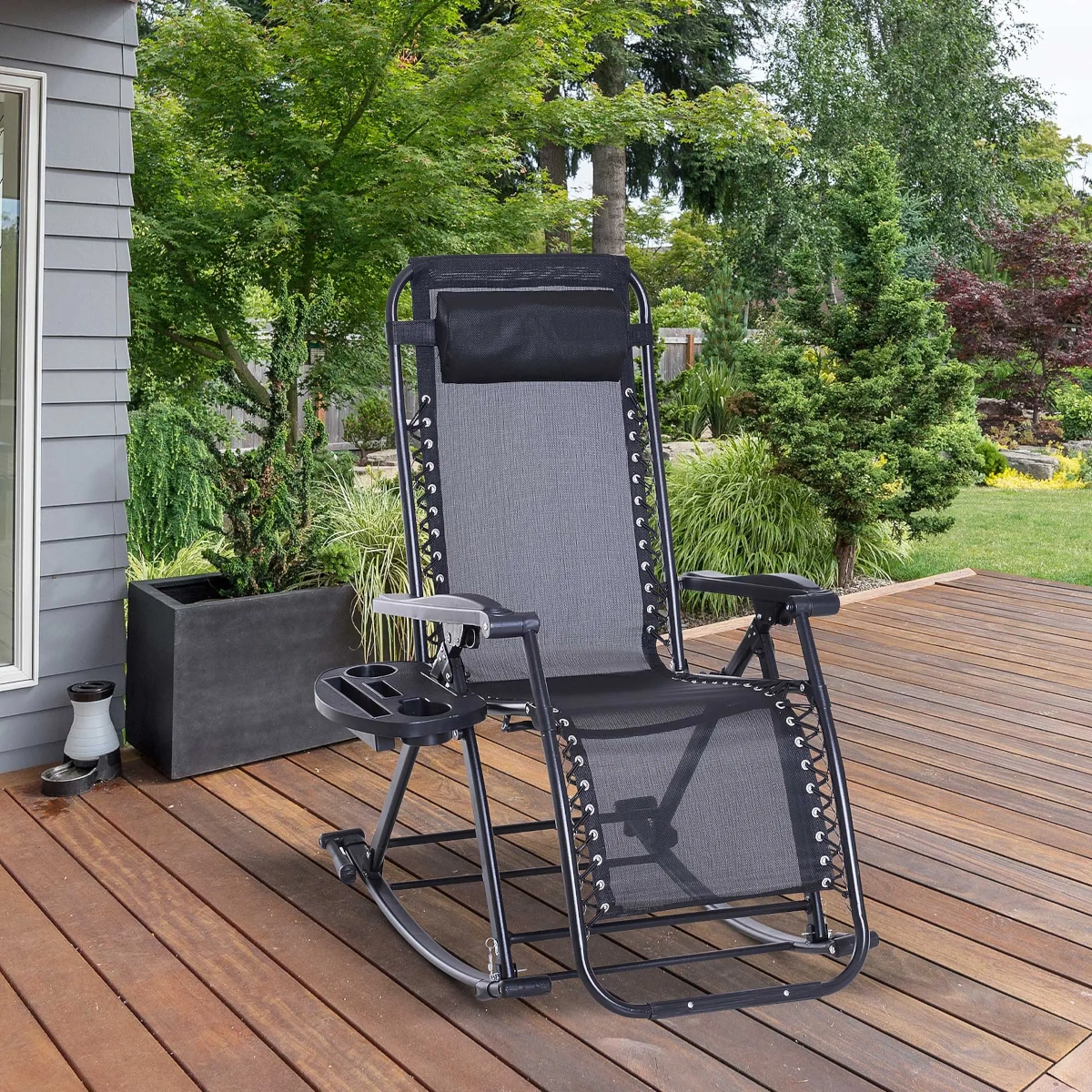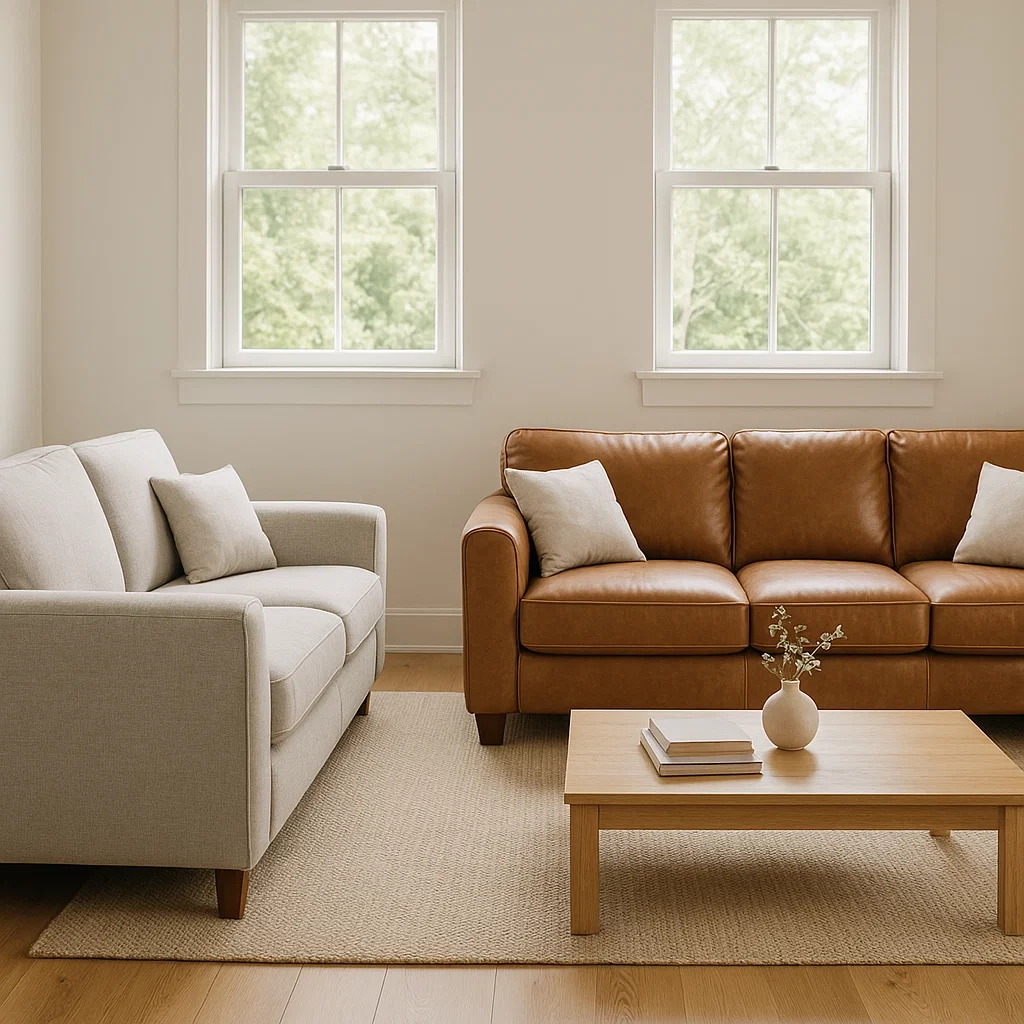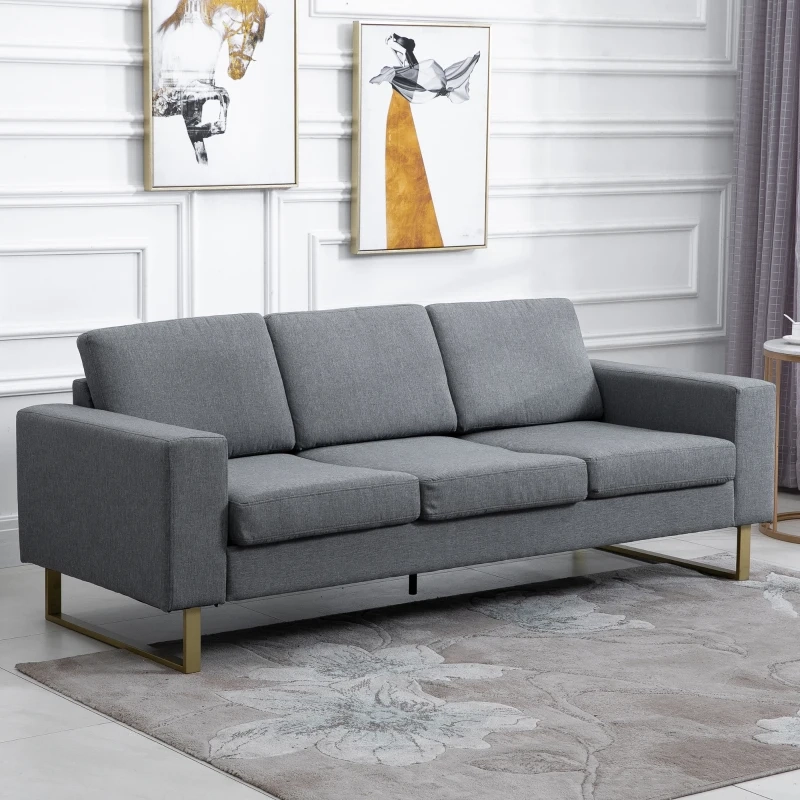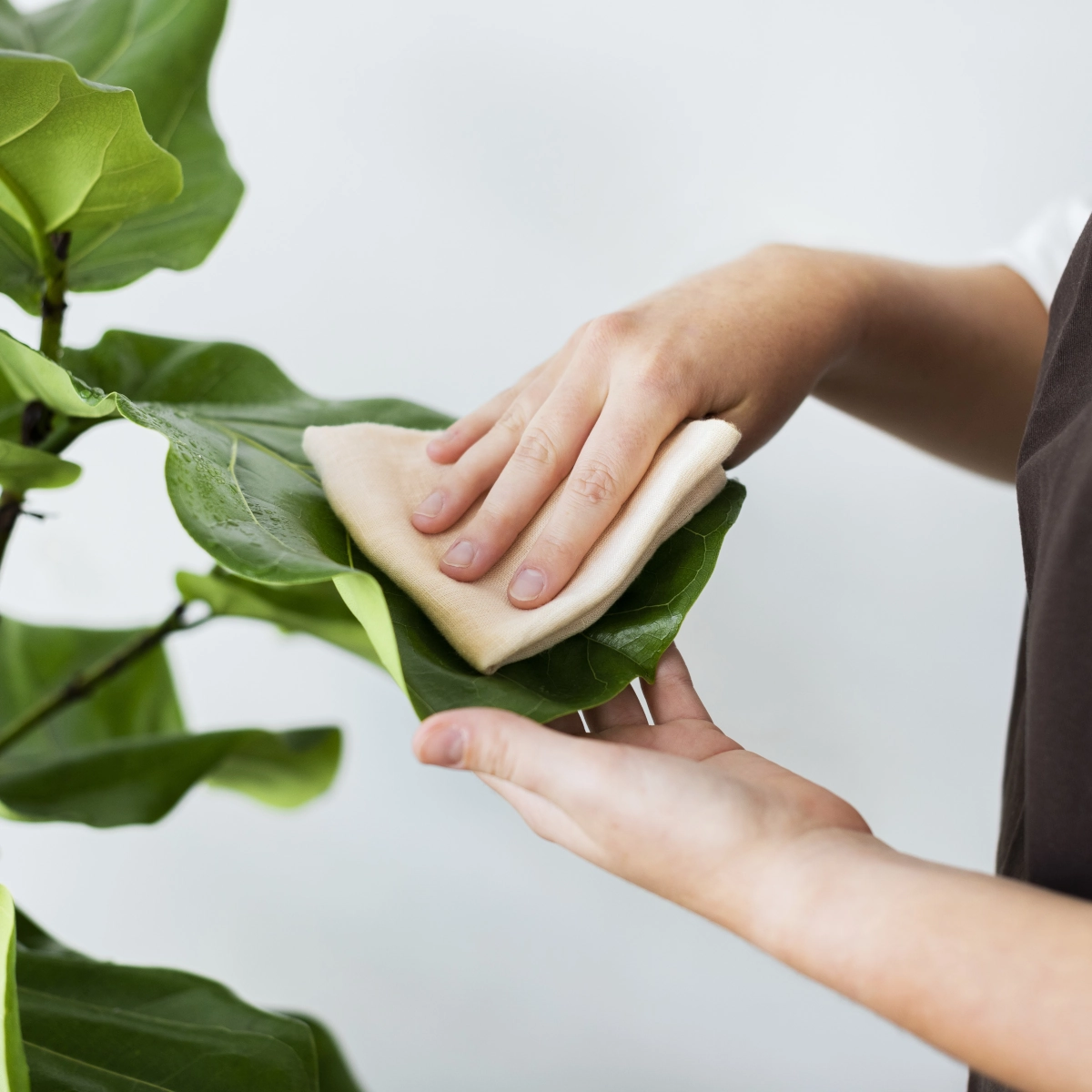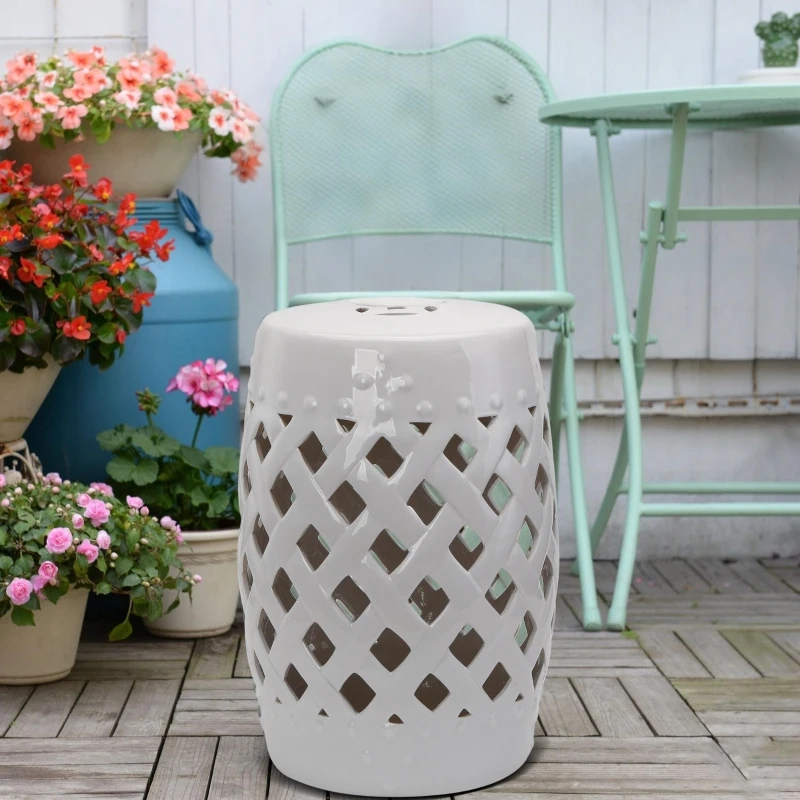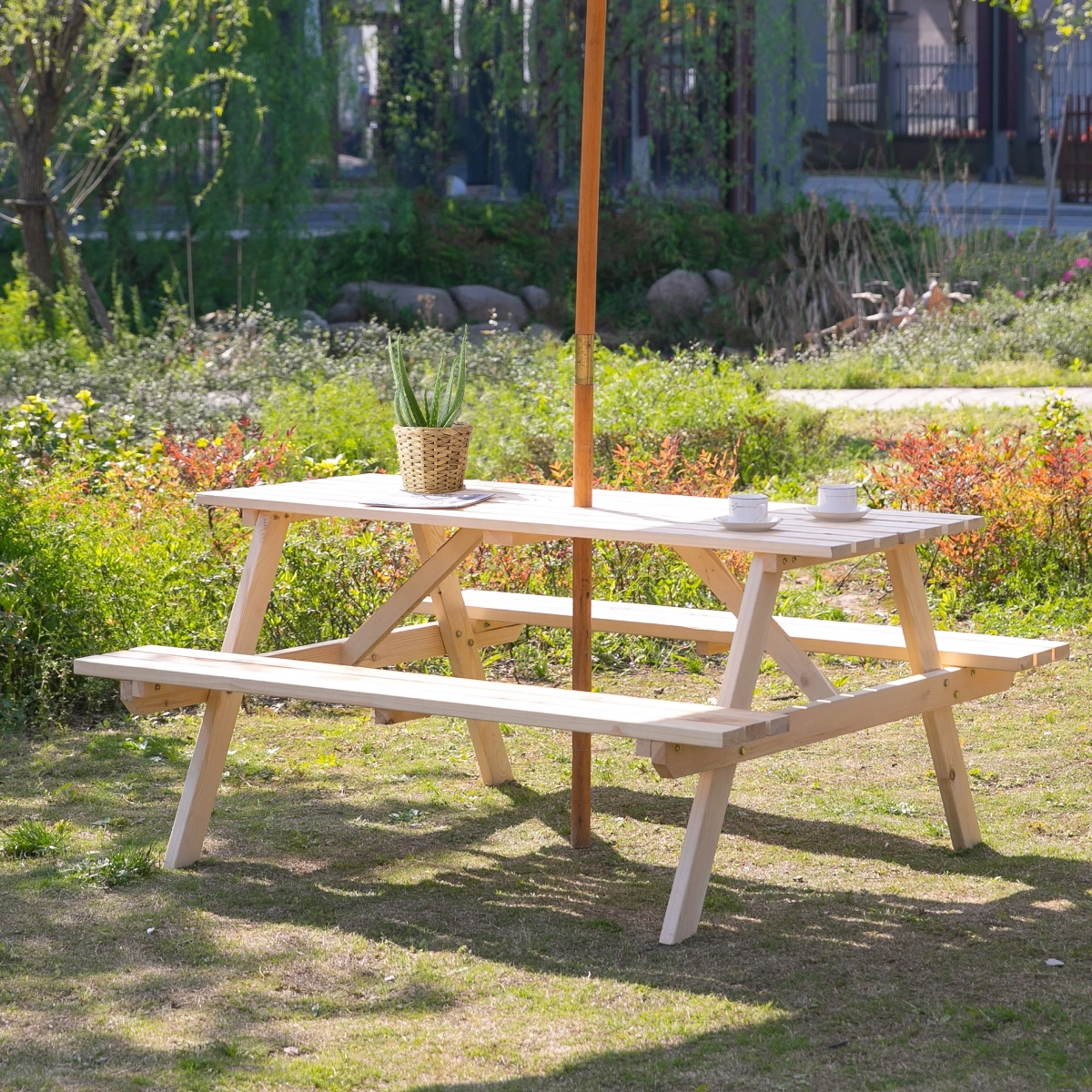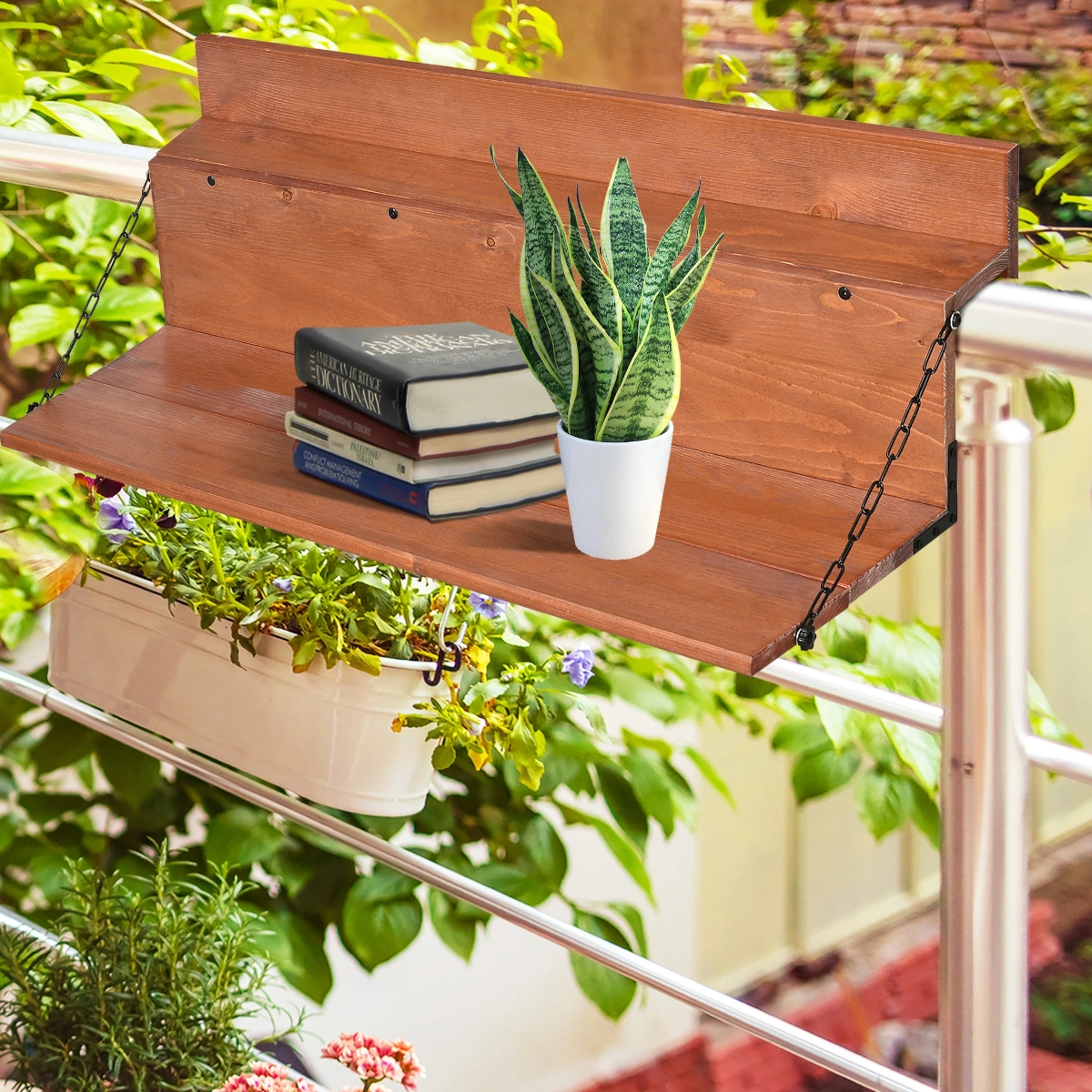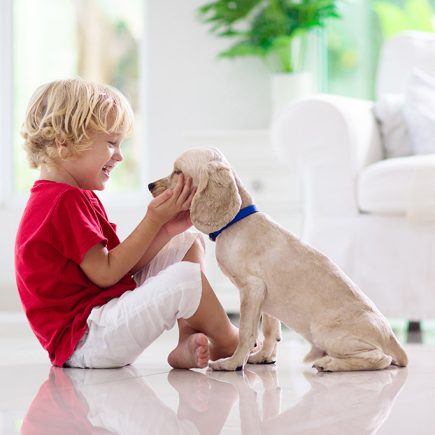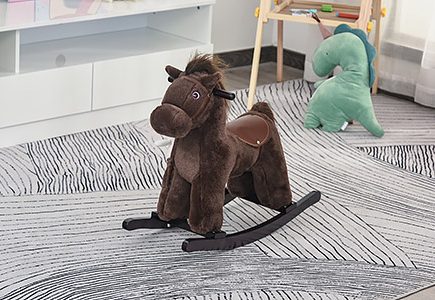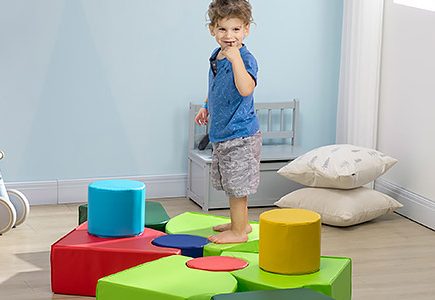Fire pits have become a staple in Canadian outdoor living, not just for warmth, but for the ambience, versatility, and year-round usability they bring to patios, backyards, and balconies. Whether you live in the heart of Toronto or a quiet corner of Alberta, the right fire pit can extend your outdoor season, create a cozy gathering spot, or add a modern design statement to your space.

But with so many fire pit types available, from wood-burning bowls to propane tables and smokeless models, choosing the right one can feel overwhelming. This guide breaks down the main fire pit types suited to Canadian climates, homes, and lifestyles, so you can find the best fit for your backyard or balcony.
Fire Pits by Fuel Type: Core Classifications
Understanding the fuel type is the first step in finding the fire pit that suits your space, lifestyle, and climate needs.
1.Wood-Burning Fire Pits
Wood-Burning Fire Pits deliver a traditional campfire feel. They require a constant supply of chopped logs or firewood and are best suited for detached homes where open flame is permitted. These pits generate intense heat and are ideal for social gatherings and outdoor cooking. However, they need regular cleaning and attention to smoke direction, especially important in tightly packed neighbourhoods.

Best for: Rural and suburban backyards, cooler climates, families who enjoy real flames and cooking.
2.Propane Fire Pits
Propane fire pits are known for their user-friendliness. With the push of a button, they ignite quickly and burn cleanly without smoke. These outdoor heating solutions come in many designs, from modern fire tables to compact portable units, and Propane Fire Pits are excellent for adding warmth and style to urban and suburban homes alike. Tank refills are readily available at hardware stores and gas stations

Best for: Decks, patios, and city backyards where convenience, low maintenance, and clean burning matter.
3.Natural Gas Fire Pits
Natural gas fire pits offer a continuous fuel supply through a permanent connection to your home’s gas line. They’re the most economical long-term option and require no tank refilling. However, they must be installed professionally and are fixed in place, limiting portability.

Best for: Permanent backyard installations with frequent use.
4.Ethanol and Gel Fire Pits
Ideal for decorative use, ethanol and gel fuel fire pits are commonly used in small spaces or even indoors. They emit minimal smoke and odour and are often incorporated into tabletop designs or modern fire features. While they offer limited heat output, their clean aesthetic is popular in urban settings.
Best for: Condo balconies, covered patios, and style-first outdoor designs.
5.Smokeless Fire Pits
Using double-wall airflow systems, Smokeless Fire Pits reduce emissions and improve combustion. These are becoming popular in urban and suburban areas where neighbours are close by and smoke can be a nuisance. Many are designed to burn wood or pellets efficiently, producing less ash.

Best for: Urban backyards, cottages, or neighbourhoods with burn restrictions.
Fire Pit Styles and Structures
Design and structure play a huge role in both the function and appearance of your fire pit. Here are some of the most popular options in Canada:
1.Fire Bowls
These are low-profile, circular units often made of metal or stone. They blend easily with most outdoor settings and offer 360-degree heat. Fire bowls are typically wood-burning but also come in propane or natural gas versions.
2.Fire Tables
Fire tables merge functionality and social interaction. They provide a centrepiece for patios and often feature integrated propane burners. With space to rest drinks or snacks, they’re ideal for outdoor entertaining.

3.Fire Columns and Pillars
Compact and vertical in design, fire columns are suited for patios or entrance areas. Their flame is more contained, making them safer for tighter spaces.
4.Chimineas
Originating in Mexico, chimineas have a bulbous base and a tall chimney. They direct smoke upward and away from guests, and are typically made of cast iron or clay. They’re ideal for more traditional garden or cottage aesthetics.
5.Built-In or DIY Fire Pits
If you’re building a dream backyard, a permanent stone or concrete fire pit can be fully customised to fit the space. These often use natural gas and become a centrepiece in outdoor landscaping.
6.Portable and Tabletop Fire Pits
For renters or seasonal use, portable models are easy to move and store. Tabletop fire pits are perfect for urban balconies or small patios. Most run on gel or ethanol.
7.Fire and Water Features
Combining elements for dramatic effect, fire and water features are the pinnacle of luxury. They’re typically custom-built and ideal for high-end residential or commercial patios.
Eco-Friendly and Low-Emission Fire Pits
Environmentally conscious homeowners often opt for ethanol, gel, or smokeless wood-burning fire pits. These models produce less smoke, fewer particulates, and are safer in densely populated settings. Some models are also designed to burn wood pellets, a renewable and efficient fuel.

Before purchasing, always measure your outdoor space, check local bylaws, and confirm CSA or ULC certification. To explore models that suit your space and style, visit Aosom’s Fire Pit Collection.
FAQs
1. What is the best shape for a fire pit?
A round fire pit is often preferred for its cozy, organic feel and ease of gathering, making it ideal for natural landscapes and social settings.
2. What is the size of a standard fire pit?
A standard fire pit typically has an interior diameter of 3 to 4.5 feet, providing enough space for a strong fire and seating for 2 to 4 people.
3. What surfaces are safe to place a fire pit on?
Fire pits should always be placed on non-combustible surfaces like concrete, stone, gravel, or fire-resistant patio tiles. Avoid using them on wood decks, grass, or directly on soil unless the model is designed for that purpose and properly shielded.
4. Are there fire pits with built-in storage or multi-use features?
Yes! Some fire tables and propane fire pits come with hidden tank storage, lid covers to convert into a table, or even modular seating and grill attachments, making them perfect for small outdoor spaces.

